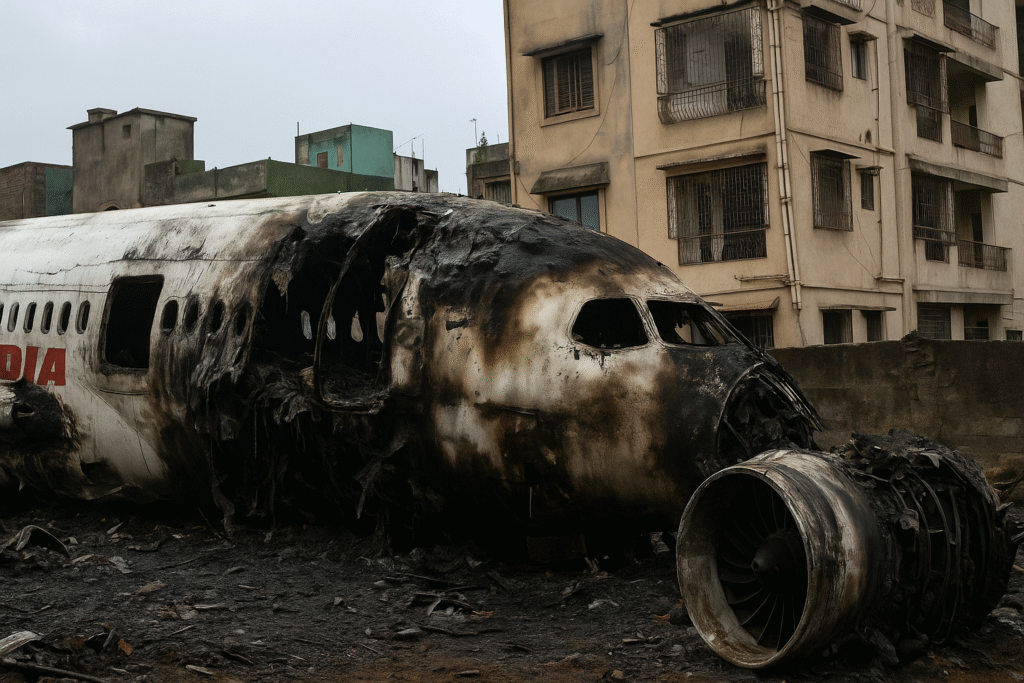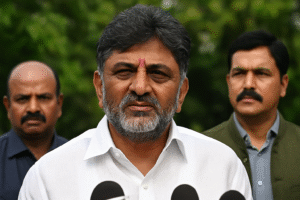New findings have emerged in the aftermath of the devastating Air India Flight AI 171 crash near Ahmedabad, which claimed over 160 lives earlier this year. While initial reports from the Aircraft Accident Investigation Bureau (AAIB) suggested that the fatal plunge occurred after both engine fuel control switches suddenly moved to the ‘CUTOFF’ position seconds after takeoff, a deeper investigation now reveals that the Boeing 787 Dreamliner had experienced multiple serious technical failures in the days leading up to the tragedy.
According to an exclusive investigation by The Federal, the aircraft had suffered a hard landing on its previous flight. This impact was severe enough to require immediate replacement of the stabiliser position sensor and the horizontal stabiliser electric motor control unit (EMCU). Both components are critical for flight stability and were replaced merely hours before AI 171’s final departure.
However, the technical issues went beyond stabiliser components.
Three High-Risk Electrical Issues Before the Crash
The Dreamliner’s stabiliser and related systems share power and data circuits with other essential aircraft components — including the fire inerting system (NGS), which prevents fuel tank explosions by reducing flammable vapours.
Maintenance logs reveal that engineers flagged the fire inerting system as a high-risk active fault, requiring repair within 24 hours. Yet, the system remained offline for two days — including at the time of the crash.
Investigators also highlight a medium-risk digital core network fault detected on June 9. This core network controls most of the 787’s digital systems, including engine computers and the full-authority digital engine control (FADEC). A malfunction in this network can affect thrust commands, fuel delivery, and engine performance — all of which became central during the accident.
AAIB’s Preliminary Findings
According to the AAIB’s July report, both engine fuel control switches transitioned from RUN to CUTOFF just one second apart, immediately after takeoff. This caused a catastrophic loss of thrust. Although pilots attempted to restart the engines, one engine could not recover momentum.
The cockpit voice recorder captured one pilot asking the other why the fuel supply was switched off. The second pilot denied touching the switches, pointing to a possible unintended or automated systems failure.
Questions Over System Failures Intensify
While Air India’s CEO previously claimed the aircraft and engines had no detectable issues, the new findings raise concerns about deeper systemic electrical faults — especially those involving shared power pathways and the aircraft’s digital core network.
Pilot associations have argued that such simultaneous failures are “not possible if everything is normal,” urging a more thorough investigation into the interaction between the stabiliser systems, electrical faults, and the fuel cutoff event.
The AAIB is continuing its probe to determine whether the aircraft’s complex electrical architecture or faulty components contributed to the disaster.
Originally published on 24×7-news.com.








